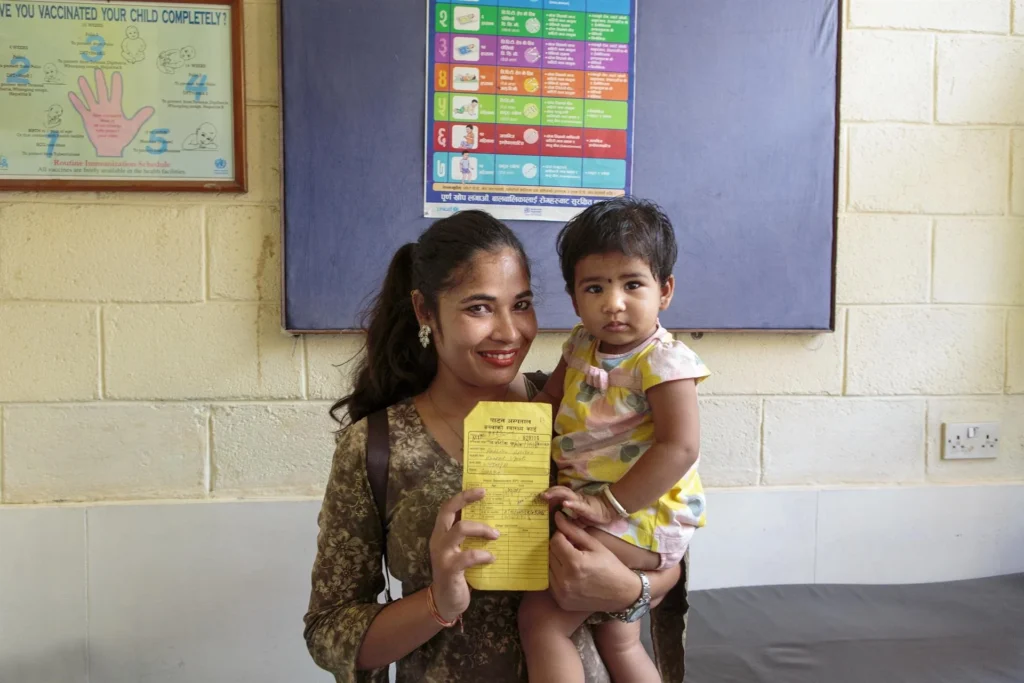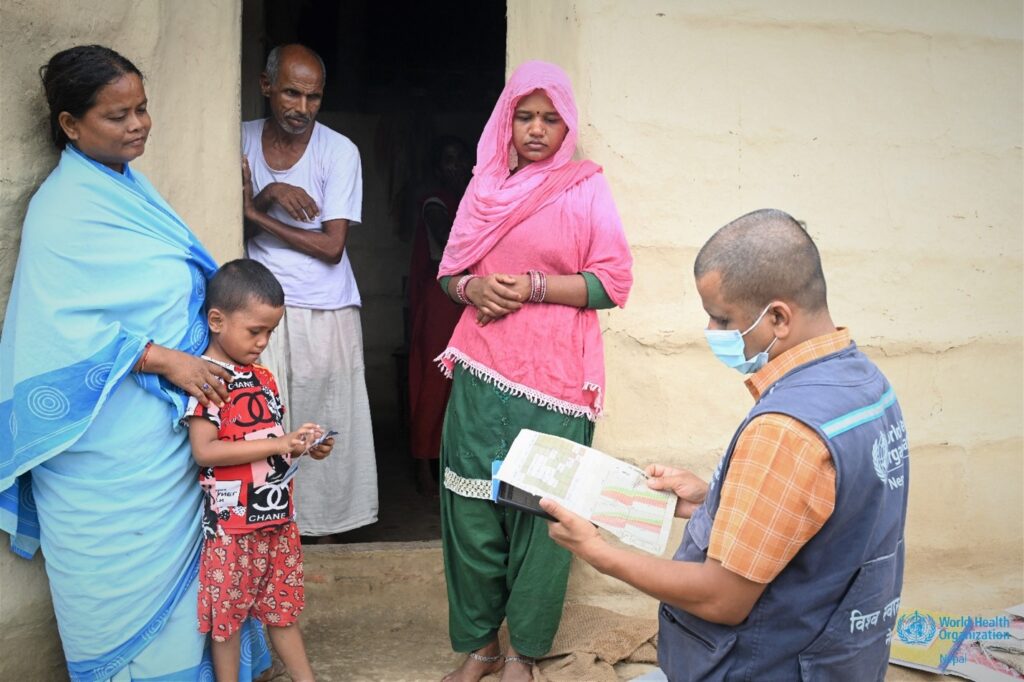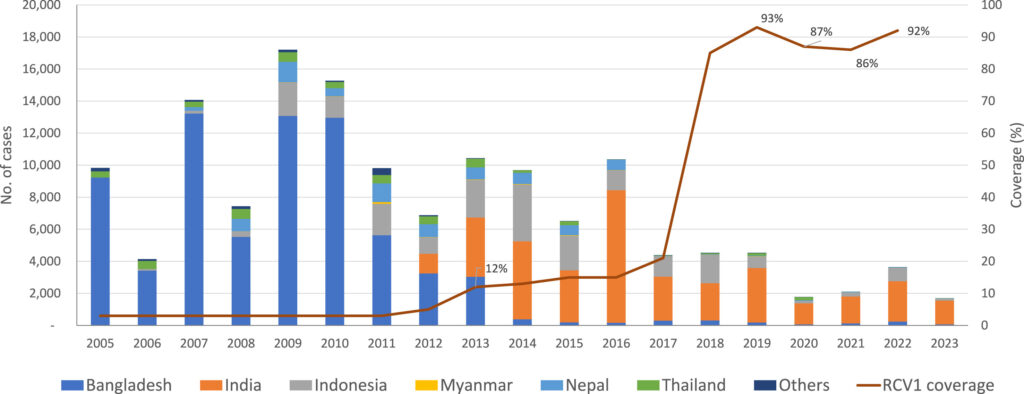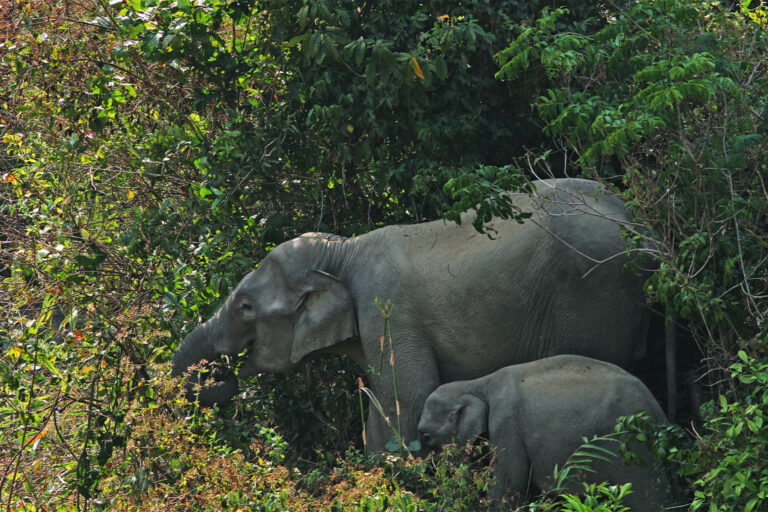
A silent threat to unborn children has been vanquished in Nepal. The country has eliminated rubella (also known as German measles) as a public health problem. This protects future generations from the devastating consequences of this disease.
What is Rubella and Why Is It a Problem?
People commonly call Rubella German measles, a highly contagious viral infection. These are particularly serious for pregnant women. It can lead to miscarriage, stillbirth or a range of debilitating birth defects.
If a pregnant woman contracts rubella, especially in the first trimester, the virus can be transmitted to the fetus. This may potentially cause a range of severe birth defects and lifelong complications, collectively known as Congenital Rubella Syndrome (CRS).
Impact of CRS: CRS can lead to hearing loss, Cataract and other eye abnormalities, Heart defects, Intellectual disabilities, Liver and spleen damage, Low birth weight, Brain inflammation and other neurological issues, Miscarriage or stillbirth. Other potential issues, such as growth delays, glaucoma, and thyroid problems may also arise.

Nepal’s Journey to Elimination of Rubella
Nepal introduced vaccines via a 2012 Immunisation Programme, beginning with a nationwide campaign targeting children aged nine months to 15 years, with a second dose added to the routine schedule in 2016.
Despite major public health emergencies such as the COVID-19 pandemic and devastating earthquakes in 2015 and 2023, Nepal achieved over 95 per cent coverage of at least one dose of rubella vaccine by the start of 2024.
Four national campaigns administering rubella vaccines in 2012, 2016, 2020, and 2024 were carried out. These campaigns helped increase access, despite major public health emergencies such as the COVID-19 pandemic and earthquakes in 2015 and 2023. By 2024, Nepal achieved over 95% coverage for at least one dose of rubella vaccine.
Innovative strategies such as observing ‘immunization month’, reaching out to vaccinate missed children, and motivation for the districts to be declared ‘fully immunized’ provided further impetus to elimination efforts.
Nepal’s achievement of this elimination is yet another testament to the success of the national immunization program ahead of the regional target, which has long been one of the strongest pillars of our health care system.
Nepal is the sixth country in WHO South-East Asia to achieve rubella elimination.

Challenges and Lessons Learned
Rubella elimination efforts in Nepal faced several challenges, despite the country successfully eliminating the disease as a public health problem.
- Difficulty in reaching certain areas: Nepal’s diverse terrain, including mountainous regions, poses a significant challenge in reaching remote areas for vaccination campaigns.
- Infrastructure limitations: Limited infrastructure in some areas can hinder the effective transport and storage of vaccines. It can also hinder the implementation of surveillance activities.
- Natural Disasters: The 2015 and 2023 earthquakes devastated infrastructure and disrupted healthcare services. These setbacks hindered immunization and surveillance efforts.
- COVID-19 Pandemic: The COVID-19 pandemic caused significant disruptions and delays in immunization campaigns, leading to potential immunity gaps and making the elimination target harder to achieve, according to the World Health Organization (WHO).
- Financial constraints: ScienceDirect.com reports that limited funding and weak local commitment hindered elimination strategies. These obstacles blocked progress toward the target.
Despite these challenges, Nepal’s strong political will, dedication of healthcare workers and communities. Also support from international partners were instrumental in overcoming obstacles and ultimately achieving the elimination.
WHO and Global Goals
This Monday, WHO’s Regional Verification Commission for Measles and Rubella elimination made the official announcement:
“Congratulations to Nepal for eliminating rubella. This public health achievement is the result of close collaboration between the government, dedicated health workers, partners and communities. WHO is proud to have contributed to this journey and remains committed to supporting Nepal sustain this accomplishment,” said Dr Rajesh Sambhajirao Pandav, WHO Representative to Nepal.
Nepal has shown the world what’s possible. Their success serves as an inspiration and a roadmap for other countries to eliminate rubella, and create a future where every child has the chance to thrive, free from the threat of diseases.
For more such informative articles stay tuned at The World Times.



